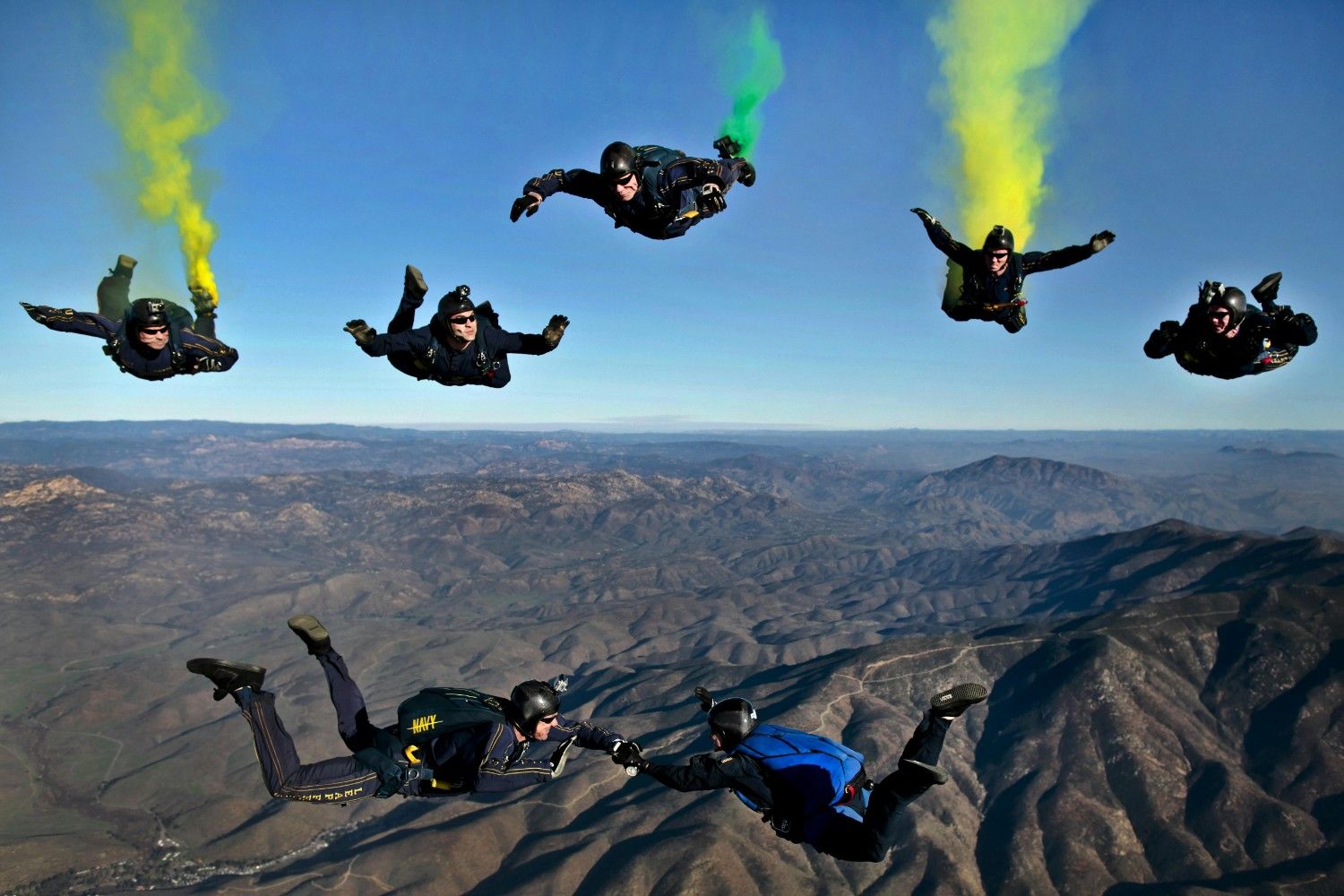Openness to Experience, a Big Five trait driving creativity and curiosity. This guide explores its facets, measurement, cultural influences, and applications in work, education, and personal growth, revealing how it shapes innovative thinking.
Introduction
In personality psychology, Openness to Experience is a core dimension of the Big Five model, often referred to as the OCEAN framework. This trait captures an individual’s propensity for creativity, curiosity, and openness to new ideas, experiences, and perspectives. Unlike other Big Five traits like Conscientiousness or Extraversion, Openness emphasizes intellectual and aesthetic engagement, making it a key driver of innovation and personal growth. For a broader understanding of the Big Five, see our post on Trait Theory – The Big Five (OCEAN). This article delves into Openness to Experience, exploring its facets, measurement, correlates, cultural influences, development, and real-world applications. Research consistently shows Openness is linked to creative achievement and intellectual curiosity, appearing across cultures with nuanced variations (1).
Defining Openness to Experience
Openness to Experience reflects a willingness to engage with novel, abstract, and complex stimuli. High scorers are imaginative, aesthetically sensitive, and intellectually curious, often seeking variety in ideas, art, and experiences. They might write novels, explore distant cultures, or debate philosophical concepts. Low scorers prefer routine, tradition, and familiarity, finding comfort in predictability over innovation. Openness is distinct from intelligence but correlates moderately with it, as open individuals enjoy learning and problem-solving (2). For context on how Openness fits into personality theory, see our post on Personality Theory - Individual Differences and Personality Traits.
The trait emerged from the lexical hypothesis, which posits that key personality characteristics are embedded in language. In the 1930s, Gordon Allport and Henry Odbert cataloged thousands of descriptors, which factor analyses later distilled into five dimensions, including Openness (3). Its prominence grew with Paul Costa and Robert McCrae’s NEO Personality Inventory in the 1980s, solidifying Openness as a universal trait with genetic roots, showing approximately 61% heritability (4).
Facets of Openness to Experience
Openness comprises six facets, as defined by the NEO Personality Inventory-Revised (NEO-PI-R), each highlighting a specific aspect of the trait. Below, we explore these facets with examples to illustrate their impact (5).
Fantasy
The Fantasy facet reflects a vivid imagination and propensity for daydreaming. High scorers create rich mental worlds, often engaging in storytelling or envisioning hypothetical scenarios. A novelist might craft intricate fantasy worlds, drawing on their ability to imagine alternate realities. Low scorers are pragmatic, focusing on reality over imagination. This facet is linked to creative writing and artistic expression but can lead to distraction if excessive (6).
Aesthetics
Aesthetics captures a deep appreciation for art, music, and beauty. High scorers are moved by paintings, symphonies, or natural landscapes, often visiting galleries or attending concerts. For example, someone might spend hours analyzing a Monet painting or lose themselves in a jazz performance. Low scorers prioritize practicality over aesthetic experiences. Aesthetics strongly predicts engagement in creative professions like design or music (7).
Feelings
The Feelings facet indicates emotional openness, where individuals value and explore their emotions. High scorers express joy, sadness, or awe openly, perhaps journaling about their feelings or crying during a poignant film. Low scorers are reserved, suppressing emotional expression. This facet enhances emotional intelligence but may increase vulnerability to mood swings (8).
Actions
Actions reflect a preference for variety and new experiences in behavior. High scorers seek novel activities, such as trying exotic cuisines, traveling to unfamiliar places, or taking up hobbies like rock climbing. Low scorers stick to routine, preferring familiar activities. This facet drives exploration but can lead to restlessness (9).
Ideas
The Ideas facet denotes intellectual curiosity and openness to new concepts. High scorers enjoy abstract thinking, engaging in philosophical debates or exploring scientific theories. A student might dive into quantum physics out of curiosity, even if it’s not their major. Low scorers prefer concrete knowledge, avoiding speculative discussions. This facet correlates with academic achievement and innovation (10).
Values
Values reflect openness to questioning traditions and exploring alternative perspectives. High scorers challenge social norms, considering diverse ethical or political viewpoints, perhaps advocating for unconventional policies. Low scorers adhere to established norms, valuing tradition. This facet fosters critical thinking but can lead to conflict in conservative settings (11).
Measuring Openness to Experience
Openness is assessed through self-report questionnaires, primarily the NEO Personality Inventory-Revised (NEO-PI-R), which measures all Big Five traits and their facets. Respondents rate statements like “I enjoy exploring new ideas” on a Likert scale, yielding scores for Openness and its facets. The shorter Big Five Inventory (BFI) assesses Openness broadly. These tools show high test-retest reliability (r ~0.8) and validity, predicting outcomes like creative output (12). Observer ratings, where peers or family assess one’s Openness, complement self-reports, reducing bias. Cultural context influences responses, as some societies value novelty less, requiring culturally sensitive measures (13).
Psychometric studies confirm Openness scales are robust, with internal consistency (Cronbach’s alpha ~0.85). However, self-reports rely on honesty, and situational factors like mood can skew results. Advanced methods, such as item response theory, enhance measurement precision, ensuring Openness scores reflect true trait levels (14).
Psychological and Behavioral Correlates
Openness to Experience predicts a range of psychological and behavioral outcomes, distinguishing it as a driver of innovation and intellectual engagement. Key correlates include:
- Creativity: Openness is the strongest Big Five predictor of creative achievement, from artistic output to scientific breakthroughs. High scorers excel in fields like writing, design, and research due to divergent thinking (6).
- Intelligence: Openness correlates moderately with general intelligence (r ~0.3), especially crystallized intelligence, as open individuals seek learning opportunities (2).
- Academic Achievement: High Openness predicts success in creative fields like literature or philosophy, though less in structured disciplines (7).
- Well-Being: Openness enhances life satisfaction through engagement in novel experiences, though extreme Openness may lead to overstimulation (15).
- Social Attitudes: High Openness is linked to liberal social views and tolerance for diversity, driven by the Values facet (11).
Low Openness individuals prefer routine and may excel in roles requiring consistency, such as administrative tasks, but are less likely to engage in creative or abstract pursuits (1).
Cultural and Environmental Influences
Openness appears universally, but its expression varies across cultures. Individualistic cultures (e.g., United States, Western Europe) encourage novelty and self-expression, fostering higher Openness scores, particularly in Actions and Values. Collectivist societies (e.g., Japan, South Korea) emphasize tradition, potentially suppressing these facets. Urban, educated populations score higher due to exposure to diverse ideas (13). For more, see our post on How Culture Affects Our Personality.
Environmental factors shape Openness. Children in enriched settings with access to books, art, or travel develop higher Openness, as these experiences nurture curiosity. Permissive parenting encourages exploration, while authoritarian styles may limit it. Socioeconomic status influences access to education and cultural resources, enhancing facets like Ideas and Aesthetics (16). Workplace environments also matter—creative industries boost Openness, while rigid settings may suppress it.
Development and Stability of Openness
Openness is relatively stable in adulthood, with test-retest correlations of ~0.7 over years, but changes occur across the lifespan. Adolescents exhibit high Openness due to exploratory tendencies, peaking in young adulthood during education or travel. In middle age, Openness may decline slightly as responsibilities prioritize stability, though creative pursuits can maintain it (17).
Life events influence Openness. Studying abroad, engaging in art, or changing careers can increase it, while repetitive routines may decrease it. Genetics account for ~61% of Openness variance, but interventions like art education can enhance it, especially in youth (18). For more on personality development, see our post on Evolutionary Psychology: Shaping Personalities for Survival and Reproduction.
Applications of Openness to Experience
Openness has practical implications across multiple domains, leveraging its links to creativity and curiosity.
Workplace
High Openness predicts success in creative roles like writing, design, or research. Open employees excel at brainstorming and adapting to change, making them valuable in innovative industries like tech or advertising. Low Openness suits routine-based jobs, such as accounting or data entry (19). Organizations can foster Openness by encouraging experimentation and diverse perspectives.
Education
Open students thrive in project-based or interdisciplinary learning, excelling in subjects like art or philosophy. Teachers can nurture Openness through creative assignments or exposure to diverse ideas, though open students may need focus strategies (7).
Relationships
In personal life, Openness fosters adaptability and engagement in meaningful experiences, like travel or volunteering. Open individuals embrace partners’ diverse interests, enhancing relationship flexibility, though their need for novelty may challenge routine-oriented partners (15).
Clinical Settings
In therapy, high Openness predicts responsiveness to creative interventions, like art therapy or narrative therapy, as open individuals are receptive to exploring emotions and perspectives. Low Openness may indicate resistance to change, requiring structured approaches (20).
Comparison to Other Big Five Traits
Openness differs from other Big Five traits in its focus on intellectual and aesthetic engagement. Conscientiousness emphasizes discipline, Extraversion social energy, Agreeableness cooperation, and Neuroticism emotional stability. Openness uniquely drives creativity and curiosity, complementing these traits in a holistic personality profile (1). For more, see our post on Trait Theory – The Big Five (OCEAN).
Conclusion
Openness to Experience is a dynamic Big Five trait, encapsulating creativity, curiosity, and openness to new ideas. Its facets—Fantasy, Aesthetics, Feelings, Actions, Ideas, and Values—shape engagement with the world, from artistic pursuits to intellectual debates. With ties to creativity, intelligence, and well-being, Openness influences work, education, relationships, and therapy, though its expression varies by culture and environment. Understanding Openness enhances self-awareness and informs practical applications. Explore related insights in our posts on Social-Cognitive Theory and Behaviourism and Humanistic Psychology.
References
- Verywell Mind - Big Five Personality Traits Overview
- DeYoung, C. G., et al. (2014) - Openness to Experience and Intellect
- Wikipedia - Big Five Personality Traits
- Jang, K. L., et al. (1996) - Heritability of the Big Five Personality Dimensions
- Costa, P. T., & McCrae, R. R. (1991) - Facets of the NEO-PI
- Abu Raya, M., et al. (2023) - The Reciprocal Relationship Between Openness and Creativity
- Kaufman, S. B. (2020) - Openness and Creative Achievement
- McCrae, R. R. (2017) - Emotional Aspects of Openness
- McCrae, R. R. (1997) - Openness to Experience and Behavioral Variety
- Furnham, A. (2018) - Openness and Intellectual Curiosity
- McCrae, R. R. (2014) - Openness to Values and Social Change
- John, O. P., et al. (1993) - Big Five Inventory Validation
- Schmitt, D. P., et al. (2014) - Cross-Cultural Variation in the Big Five
- Reise, S. P., et al. (2018) - Advances in Personality Measurement
- Muwaf, H., et al. (2024) - Personality Traits and Happiness
- Bleidorn, W., et al. (2018) - Environmental Influences on Personality
- Rantanen, J., et al. (2007) - Long-term Stability in the Big Five Personality Traits
- Atherton, O. E., et al. (2022) - Stability and Change in the Big Five
- Barrick, M. R., & Mount, M. K. (1991) - The Big Five and Job Performance
- Chmielewski, M., et al. (2014) - Openness to Experience in Therapeutic Settings








